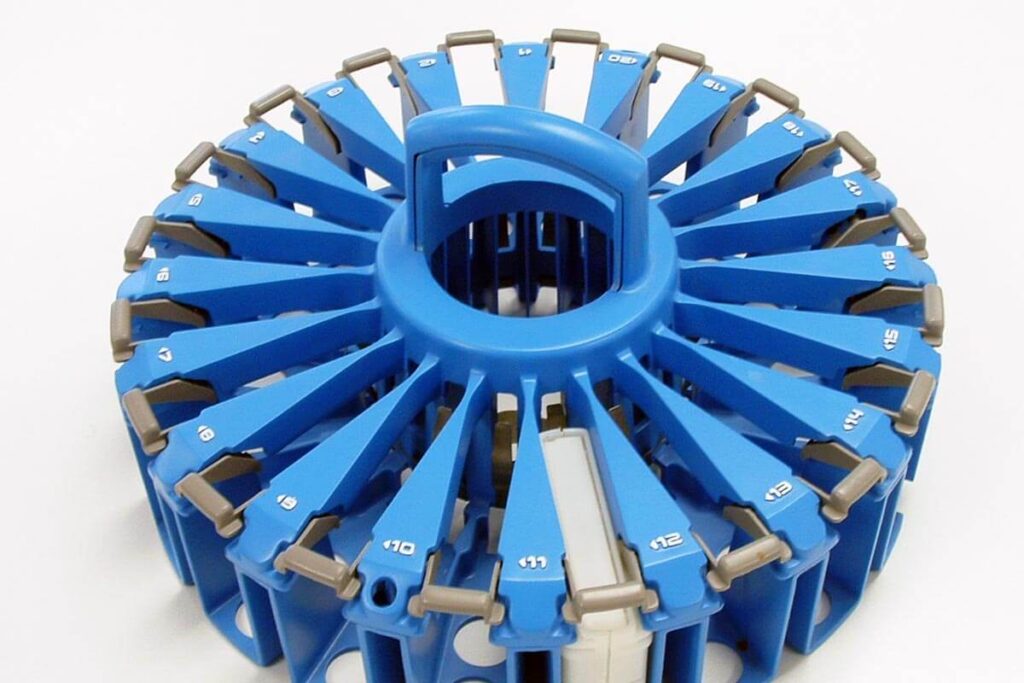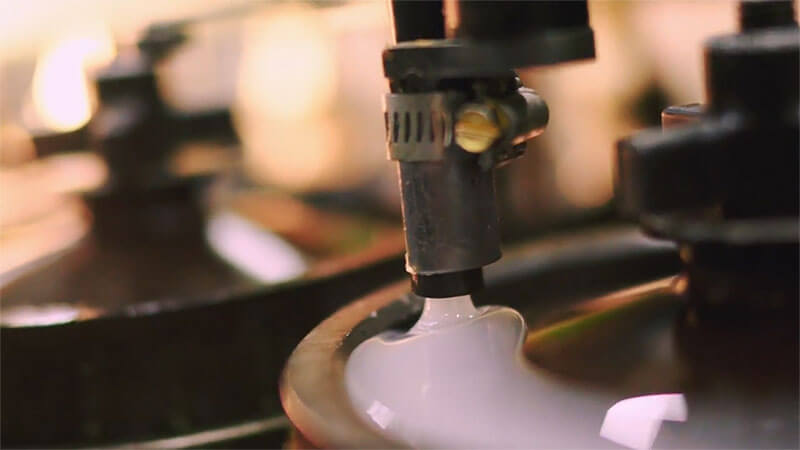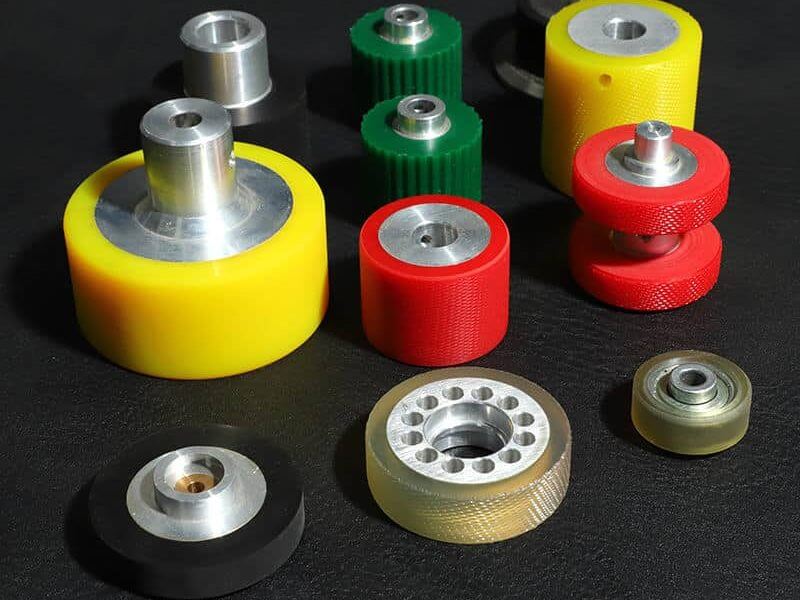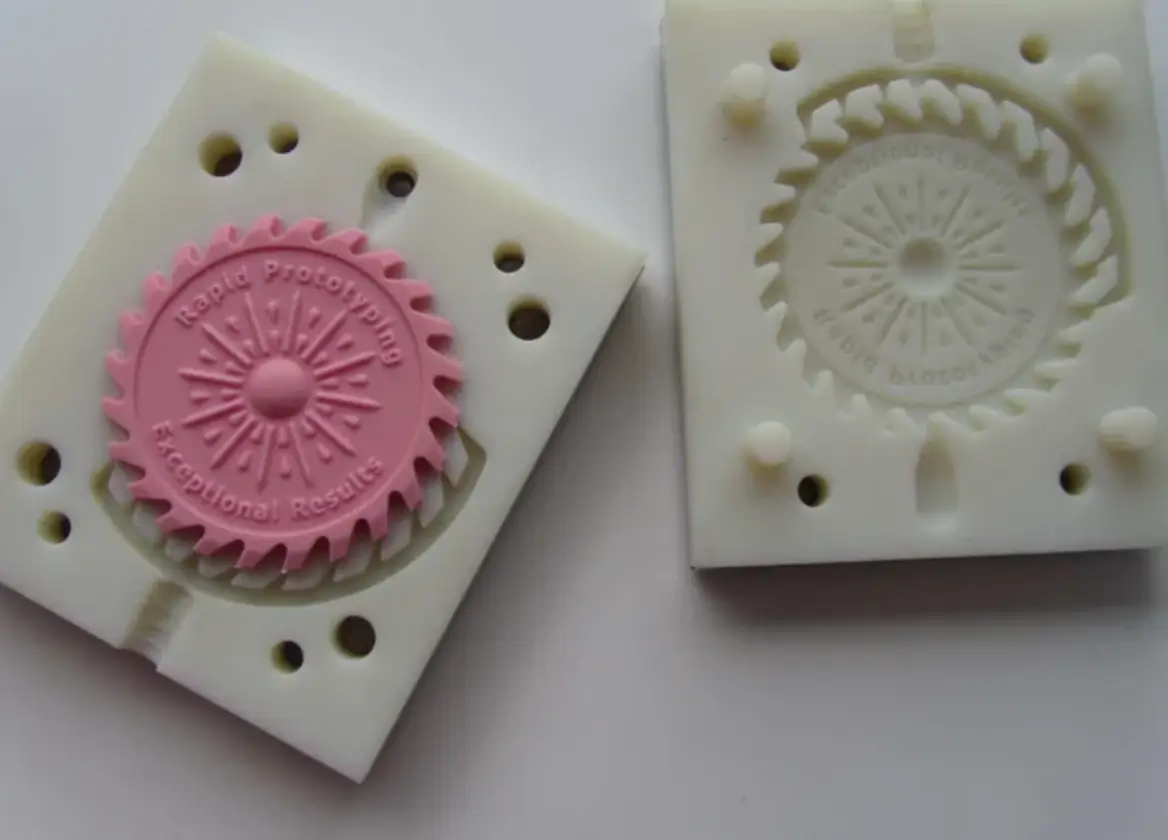Introduction to Polyurethane Casting
Polyurethane casting is a versatile and widely used manufacturing process that involves the pouring of liquid polyurethane into a mold to create a wide range of products. This process is commonly used in industries such as automotive, aerospace, and consumer goods, where the ability to produce complex and customized parts is essential.
1.Powerful
One of the main advantages of polyurethane casting is its ability to replicate intricate details and textures. Liquid polyurethane flows easily into the smallest gaps in the mold, ensuring that the final product accurately reflects the desired design. This makes it ideal for creating prototypes or small batches of parts that require high precision.
2.Wide range of processing
Another advantage of polyurethane casting is its ability to produce parts with different hardness and flexibility. By adjusting the formulation of the polyurethane, manufacturers can produce products ranging from soft and flexible to hard and durable.
This versatility allows for the production of a wide range of products, from soft handles for tools to rigid structural parts for machinery.

3.Excellent mechanical properties
Polyurethane castings also have excellent mechanical properties, making them suitable for demanding applications. After curing, polyurethane has high tensile and tear strengths, as well as good abrasion and impact resistance. This makes it ideal for parts that need to withstand heavy loads or harsh environments.
4.Excellent chemical resistance
In addition to mechanical properties, polyurethane castings also have excellent chemical resistance. This is because the cured polyurethane is resistant to a wide range of chemicals, including oils, solvents, and acids, making it ideal for applications where chemical exposure is a concern, such as automotive parts or industrial equipment.

5.Cost-effectiveness
Compared to other manufacturing methods, the polyurethane casting process is relatively simple and cost-effective. It has the advantage of not requiring expensive tooling or equipment, making it an attractive option for small-scale production or prototyping.
At the same time, molds used in polyurethane casting can also be made from a variety of materials, including silicone, aluminum, and even 3D printed plastics. This flexibility makes mold production fast and cost-effective, thereby shortening lead times and reducing overall production costs.
6.Aesthetics
Polyurethane casting also offers the advantage of being able to produce parts with a wide range of colors and finishes. Liquid polyurethane can be easily pigmented to match specific color requirements, and a variety of surface effects can be achieved by using different mold materials or post-processing techniques. This enables manufacturers to create products that not only meet functional requirements but also have aesthetically pleasing appearance.

In summary, polyurethane casting is a versatile and cost-effective manufacturing process that offers numerous advantages. Its ability to replicate intricate details, produce parts with varying hardness and flexibility, and offer excellent mechanical and chemical properties make it ideal for a wide range of applications.
The simplicity of the process and its ability to produce parts with different colors and finishes further enhance its appeal. Whether used for prototyping, small-scale production, or manufacturing custom parts, polyurethane casting is a reliable and efficient method that continues to be used across a wide range of industries.
